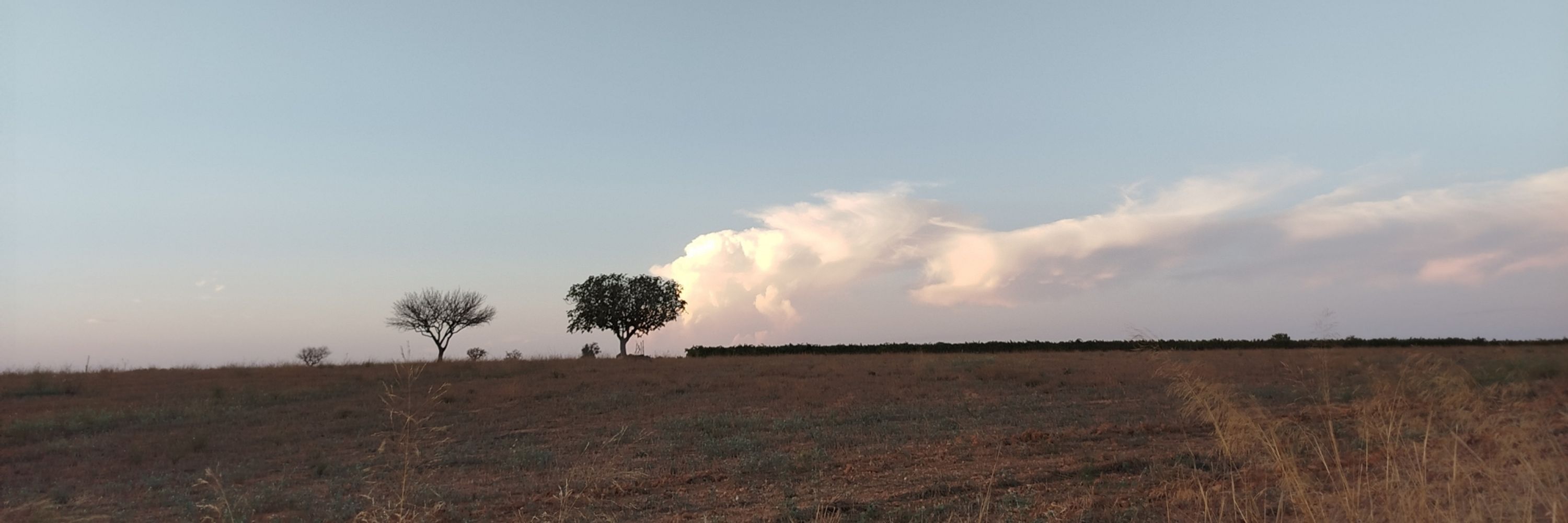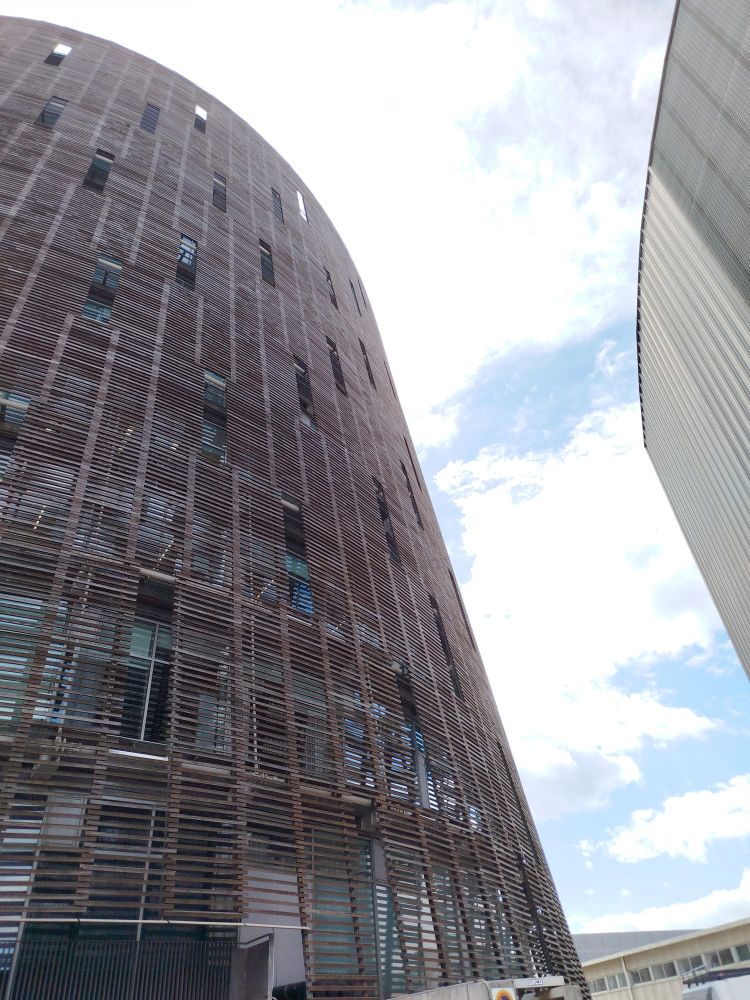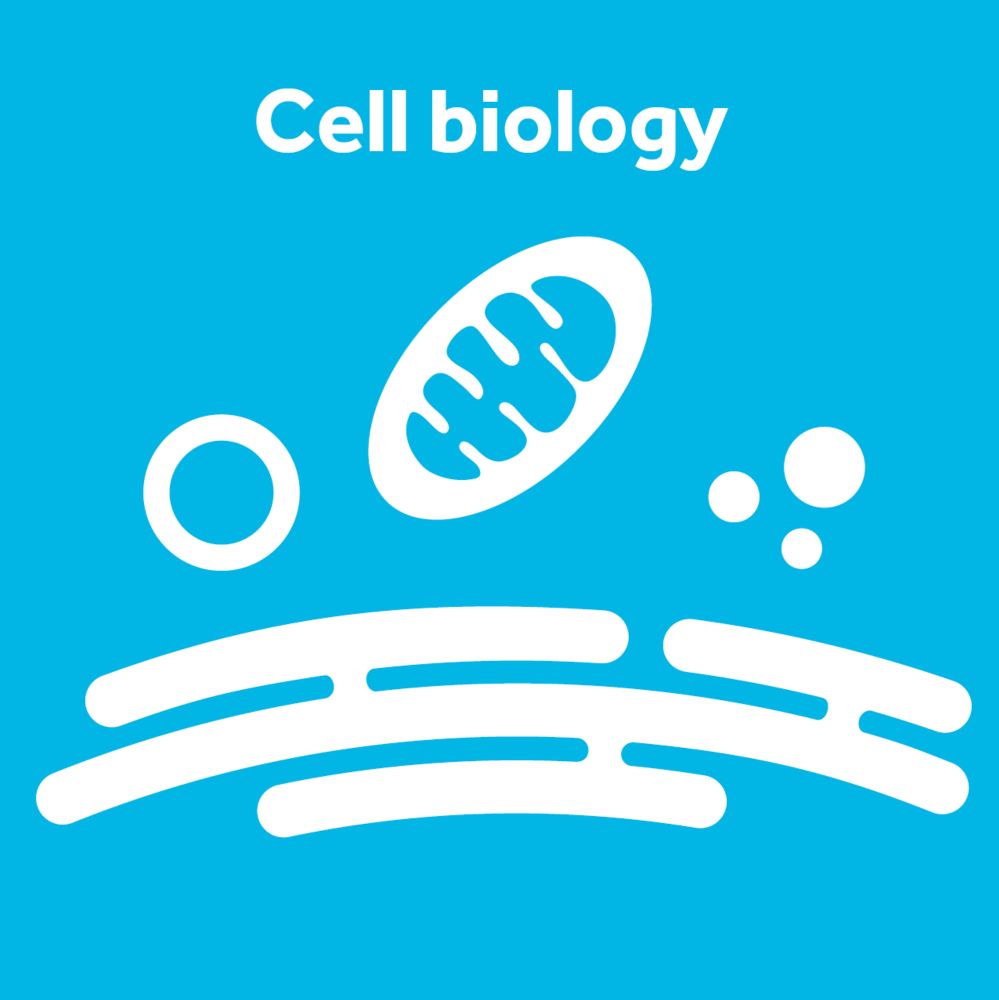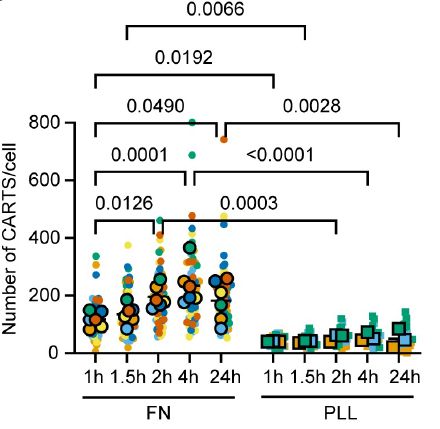Posts
Media
Videos
Starter Packs
Pinned
Reposted by Felix Campelo
Reposted by Felix Campelo
Reposted by Felix Campelo
Reposted by Felix Campelo
Felix Campelo
@felixmendu.bsky.social
· Jul 4
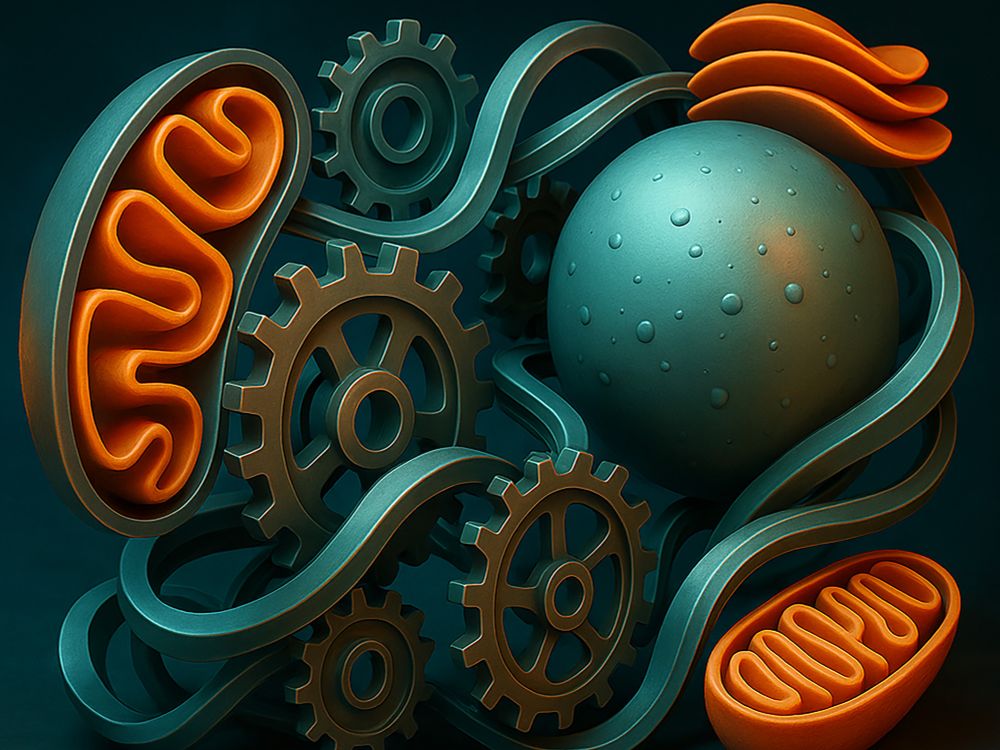
Intracellular mechanics and organelle mechanobiology
Mechanobiology is an interdisciplinary field that emerges at the cross-section of biology, physics and engineering. It aims to understand how living cells, tissues and animals sense and respond to me…
meetings.embo.org
Felix Campelo
@felixmendu.bsky.social
· Jul 4

Intracellular mechanics and organelle mechanobiology
Mechanobiology is an interdisciplinary field that emerges at the cross-section of biology, physics and engineering. It aims to understand how living cells, tissues and animals sense and respond to me…
meetings.embo.org
